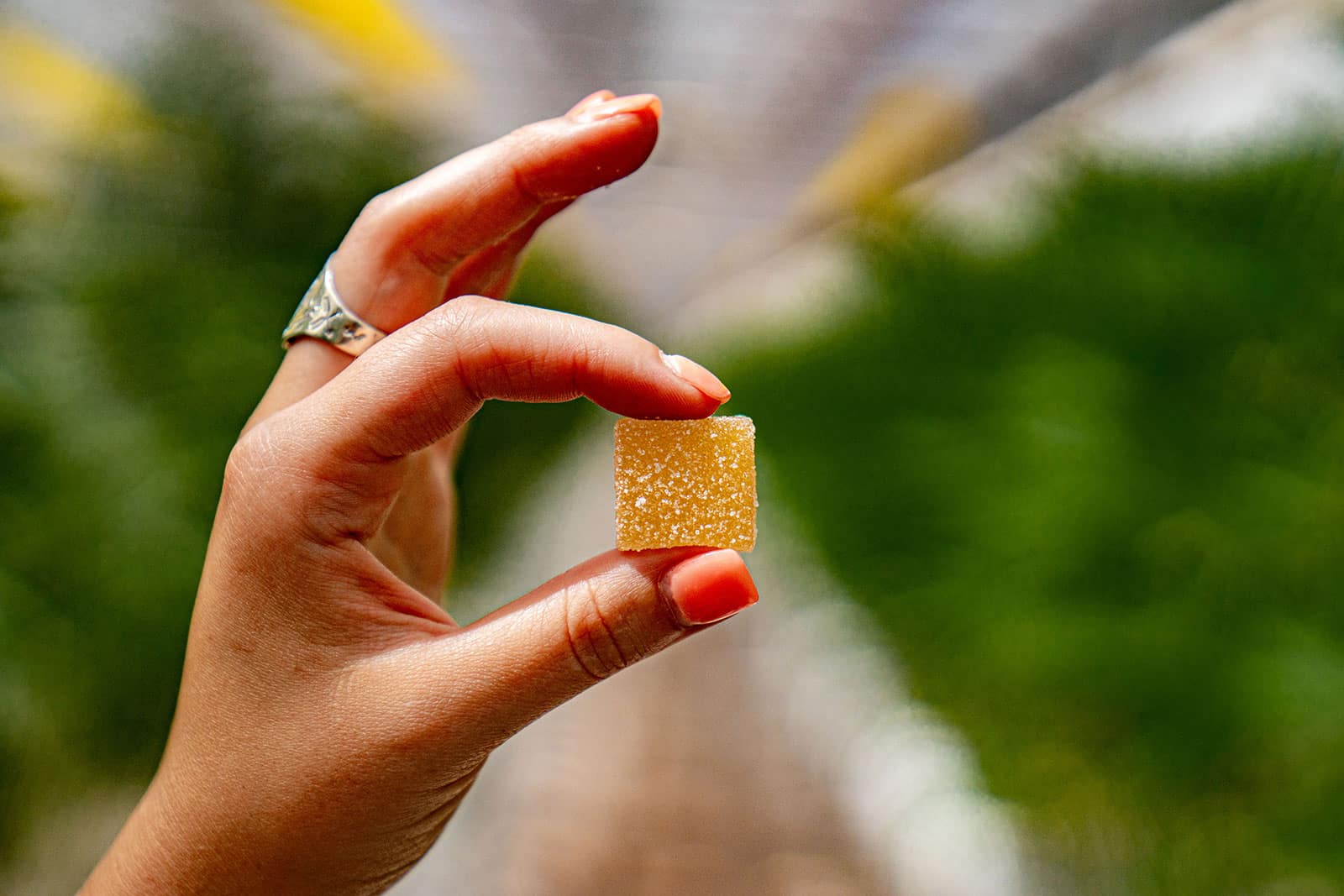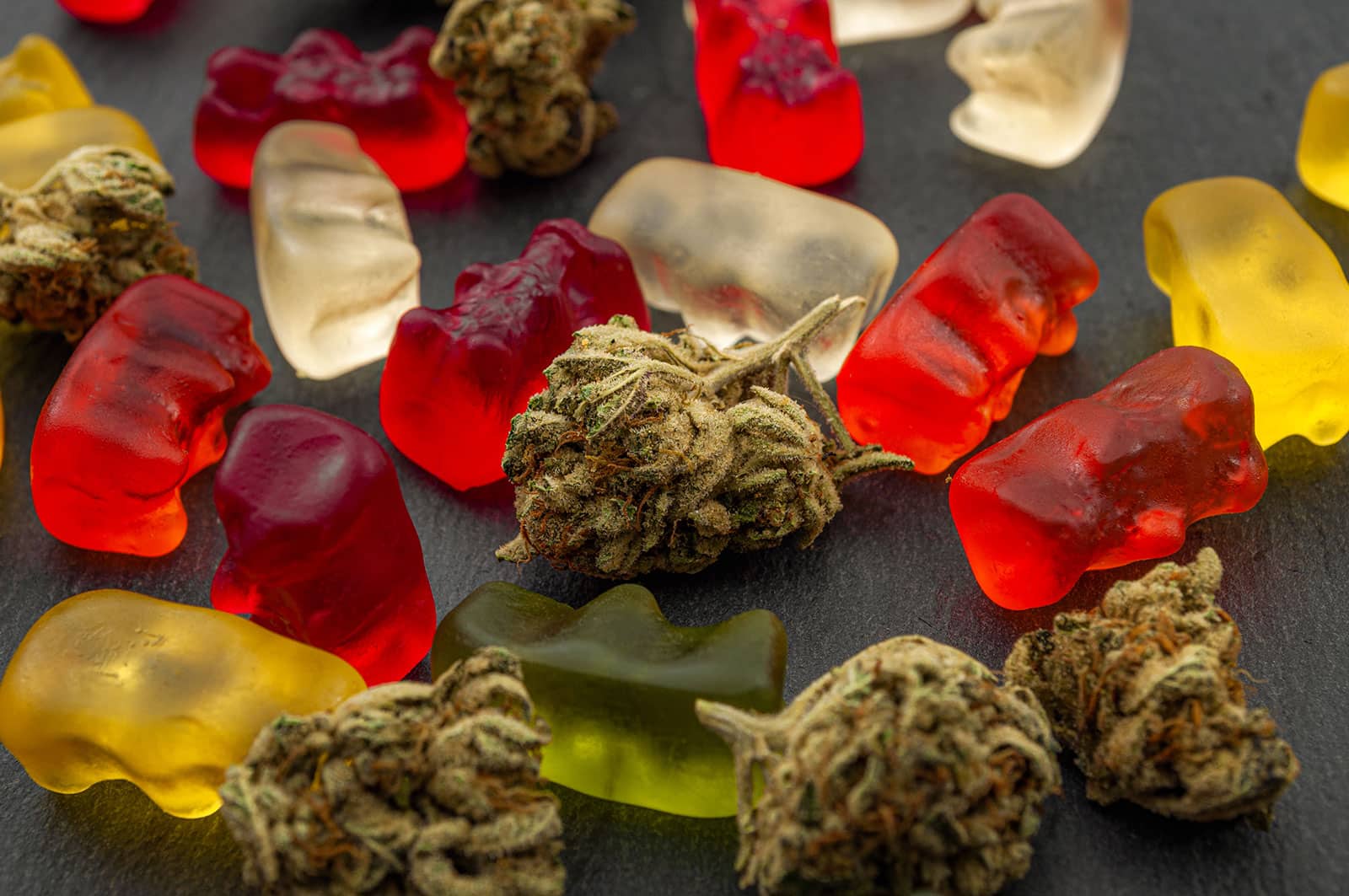As the public’s acceptance of cannabis, which is also known as marijuana, has grown, so has the popularity of cannabis edibles. Foods or beverages infused with cannabis edibles are both familiar and accessible. While they may look like regular food, they contain a controlled substance: cannabis. Edibles can be detected by a drug test like other forms of cannabis. If you’re interested in trying edibles, you’ll need to know some drug testing basics, understand the potential impacts of your choices, how long do edibles stay in your body, the effects of edibles, and consider how you can consume cannabis products responsibly.
Understanding Cannabis Edibles
When cannabis edibles are on the menu, what can you expect? The possibilities include both commercial products and homemade treats. A variety of baked goods are available. Chocolates, gummies, candies, lozenges, and beverages are too. It’s important to realize that edibles can look very much like regular food or candy.
To prevent accidental consumption, anyone who intends to use these products should ensure that their cannabis edibles are clearly marked and stored in a way that they will not be mistaken for standard food or drink. In addition, edibles should always be kept out of the reach of children and pets.
Tetrahydrocannabinol, or THC, is the chemical responsible for creating the high that is associated with marijuana use or cannabis use. For a user to experience that high, the THC must be present in a sufficient quantity and reach the bloodstream. With edibles, the cannabis passes through the digestive system. This can significantly change the way that the body metabolizes the drug, the way the high hits, and how it lasts.
With edibles, expect slow. The edible must be digested before the liver processes the THC and passes it to the bloodstream. As a result, it can take up to two hours before the high hits. In comparison, people who chose to smoke or vape generally feel the effect within minutes. On a similar note, the high from an edible can linger for up to 12 hours. Meanwhile, the high from inhaling typically only lasts several hours.
Why is it so important to understand how eating cannabis edibles is different from inhaling? People who don’t expect the delay may try multiple edibles because they underestimate the eventual impact. Likewise, users may misjudge how long they will be affected by the edible if they are expecting it to behave like inhaled cannabis.
Discovering the Science of Drug Testing
Drug testing, or drug screening for some, is designed to detect and measure the presence of specific substances in the human body. It’s not perfect. False test positives are possible, and various factors can influence the results. However, learning a bit about the science of drug testing enables you to make informed decisions.
There are several common types of drug tests. These include urine tests (urine drug test), blood tests, saliva tests, sweat tests, and hair tests (hair follicle tests). Any of these tests can detect cannabis use. The detection window varies from a matter of days to a matter of months. Why is the range so wide? Different tests have different detection windows, and numerous factors can affect their longevities. These include:
- The method of consumption
- The dosage and usage frequency
- The amount of THC in the cannabis
- The user’s gender, body composition, overall health, and genetics
- The user’s lifestyle, metabolism rate, and hydration habits

Detecting Cannabis Edibles With Drug Testing
The half-life of cannabis typically falls somewhere between three and 12 days. The exact length depends on the quality of the product, the quantity consumed, and the tolerance of the user.
The body’s ability to clear cannabis also depends on the method of use. With edibles, a slow pace is a consistent pattern. The high comes on slowly as the cannabis passes through the digestive system to the liver, which breaks it down and releases some THC to the bloodstream while storing the rest in the tissues. Then, the high lingers for longer as the drug spends more time in the body being metabolized. In fact, it takes a full day before THC levels start to decrease after edible use. In contrast, inhalation offers a speedier return. The high comes on quicker when smoking or vaping, and the THC levels begin to drop as soon as the high starts to fade.
How do the average testing detection windows for edibles compare to the average testing detection windows for inhaling cannabis? A quick look is revealing:
- Blood testing: Blood testing for traditional cannabis use has a detection window of three hours to two days. Using edibles results in a detection window of three to four days.
- Urine testing: Roughly 20% of the metabolites produced when the body breaks down cannabis are shed in the urine. Traditional cannabis use has a detection window of three to seven days. With edibles, the window is extended to up to 30 days.
- Saliva testing: Saliva testing has a detection of one to three days for both traditional and edible cannabis use.
- hair testing: Eating edibles, smoking, and vaping can all result in deposits of THC in the hair follicles. With any method of delivery, testing can show evidence of cannabis use for up to 90 days.
| Test Type | Traditional Use Detection Window | Edibles Detection Window |
|---|---|---|
| Blood Testing | 3 hours to 2 days | 3 to 4 days |
| Urine Testing | 3 to 7 days | Up to 30 days |
| Saliva Testing | 1 to 3 days | 1 to 3 days |
| Hair Testing | Up to 90 days | Up to 90 days |
How likely is it that a drug test will catch edible use? That depends. Clearly, the type of test selected and the detection time that’s passed since consumption will be factors. The potency and quantity of the edibles consumed also matter. After all, a smaller, lighter dose of THC will be easier for the body to process, so it will be eliminated faster, making it more difficult for any tests to find. Of course, things like metabolism, body mass, and overall health play a vital role in a person’s ability to eliminate THC smoothly, so these factors should also be part of the calculation. In addition, lifestyle is a consideration. Because THC can build up in the tissues, habitual users will take longer to shed it than casual users.
Exploring the Legal and Employment Implications
The rules for cannabis and cannabis edibles are constantly evolving, and they vary widely depending on your location. At the federal level, cannabis or marijuana remains illegal with a place on the Schedule I list of the Controlled Substances Act. However, several states have relaxed their rules. Some allow medical use. Others set standards for recreational use. Since these rules are in flux, it’s important to be aware of the current laws for your area and any areas that you travel to.
It’s worth noting that employers, educational institutions, and other organizations aren’t required to accept these relaxed standards. In fact, organizations that are bound by federal guidelines, accept federal contracts or rely on federal funding may not be able to embrace a relaxed approach to cannabis. Therefore, if you want to work, study, play sports, or otherwise participate in activities with one of these organizations, you may have to accept federal rules regarding cannabis. This may mean undergoing routine or surprise drug testing for cannabis and other federally prohibited substances.
A positive result on a drug test can have negative impacts on your professional, academic, or athletic career. However, drug testing isn’t perfect. Antibiotics, cough medicines, vitamins, poppy seeds, and other common substances are known to impact testing. As a result, you may be able to request a new test. Alternatively, if you’re concerned that your habit is interfering with your future, you may be able to use this as an opportunity to access a recovery program.
Offering Ideas for Responsible Edibles Consumption
Cannabis edibles seem to offer an easy, discreet way to relax. While they may resemble familiar treats, users cannot afford to let down their guard. After all, higher doses, addiction, and legal issues are still very real hazards. Anyone interested, occasional users, or even the heavy users are pretty much aware of things to consider upon taking marijuana edibles for responsible consumption–which should be in mind:
- Be sure that you know the risks, side effects, and benefits of consuming edibles before you take your first bite.
- Understand edibles dosing. Start low, and be cautious about combining multiple edibles. Remember that it takes amount of time for edibles to kick in, and it can be difficult to judge their strength. Be aware of the frequency of use when ingesting edibles food products like brownies, smoking cannabis, or smoking marijuana.
- Know that edibles will show up in drug tests. Be aware of the implications and potential consequences.
Cannabis edibles are often presented as a fun, safe way to unwind. While some people may be able to enjoy them that way, experts report that roughly 10% of people who use cannabis will develop an addiction. If a cannabis habit is having a negative impact on your life and you need assistance to break free, reach out to Live Free Recovery Services. This treatment center provides proper healthcare addiction treatment for patients suffering with addiction. With our client-focused approach, we provide the support and tools needed to rebuild your self-confidence, restore your sense of purpose, and achieve true recovery. We offer evidence-based therapies with multiple levels of care, including inpatient care. Contact us today to discover more.


